A European agenda for space: resilience, security and sovereignty
Past event In person

- Area of Expertise
- Digital & Data Governance

Ken Hu is a Member of the Executive Board and a Rotating CEO at Huawei Technologies Company, Ltd.
The digital and physical worlds are converging, a transformation led by technologies such as cloud computing and the ‘internet of things’ (IoT). Europe can lead this shift to an intelligent digital world, while maintaining its competitive edge in global industry and innovation, by focusing on several key areas.
The first step is to build robust broadband infrastructure. As shown in the latest edition of Huawei’s Global Connectivity Index, six of the world’s top ten digital economies are European countries. But performance is not homogenous, and varies according to population density. According to the European Union’s 2017 Digital Progress Report, about 76% of the region overall has broadband speeds of 30Mbps, but just 40% of rural areas do. This gap could have consequences for agriculture and food production if the IoT is unable to access data from internet-connected farm equipment and use it to improve crop yields.
Europe as a market also lags behind the United States, South Korea, and Japan in developing ICT infrastructure, especially with respect to 4G, 5G and fibre-to-the-home (FTTH). Leading in digital infrastructure is a basic precondition for leading digital transformation. Large-scale public and private investment in technological innovation will help ensure that future broadband networks meet the requirements of emerging consumer applications and industrial applications, including 5G networks, all-optical networks, and the IoT.
Second, Europe can actively drive the digitisation of its own industrial processes. Europe has a strong industrial base, and its tech companies are outpacing many of their global counterparts in making strategic investments in technology. Even so, the private sector could do more to step up those investments, and to treat ICT as an enabling technology rather than a supporting system.
Decision-makers can help by ensuring that curriculums are adapted to equip young people with ICT skills
Huawei, for example, is intensely focused on research and development. It has 80,000 R&D staff, 16 research centres and more than 1,500 labs around the world. In the past, however, computing resources were scattered, and sharing knowledge was difficult. Several years ago we began consolidating our R&D resources, moving code development and R&D operations to the cloud, while reengineering our R&D processes. These changes improved resource efficiency by 250%, halved the processing time needed for each step of the R&D process, and greatly accelerated the time-to-market of our products. European companies can achieve similar benefits by digitising their own business.
Meanwhile, governments can drive digitisation by establishing policy frameworks that give telecommunications operators incentives to invest in broadband infrastructure. Options to explore include new business models and revenue-sharing partnerships to ensure that networks are expanded and upgraded to meet the requirements of tomorrow’s cloud-based digital ecosystems. At the same time, public services can use the latest technologies to enhance the quality and efficiency of public services such as healthcare, education, and transport.
Third, Europe can lay the foundation for future growth by strengthening its digital talent development. The shortage of skilled staff will eventually take its toll on European competiveness. About 40% of the EU workforce lacks adequate digital skills. Despite high unemployment, especially among young people, Europe could face a shortage of up to 900,000 skilled ICT workers by 2020. This would impede progress towards full digitisation and function as a drag on the economy.
Decision-makers can help by ensuring that curriculums are adapted to equip young people with ICT skills. Cooperation between the public and the private sector is essential here, as companies can give students a leg up by providing them with hands-on experience in ICT-driven working environments. Huawei is putting this idea into practice with its Seeds for the Future training scheme, our contribution to the European Pact for Youth.
Some European governments are already taking action. Germany has adopted the ‘Digital World of Education 2030’ framework, while in December 2016, the European Commission partnered with EU member countries and private organisations to establish the Digital Skills and Jobs Coalition, a timely and visionary initiative.
As the digital and physical worlds continue to merge, we will face unprecedented challenges – but there will be opportunities as well
These are positive developments. Yet Europe is consolidating its technological leadership against a backdrop of persistent cyber-threats, most of them compounded by the same technologies that make the network powerful: IoT, artificial intelligence, and cloud. This necessitates an active approach to cyber-security challenges.
Huawei believes security is most effectively enhanced through innovation and collaboration.
Technology providers must use advanced technology to address our most pressing issues. For example, when combined with other best practices blockchain technology ensures the integrity and uniqueness of digital information in a distributed environment. Such technologies have immense potential in a wide range of applications, and should be explored further.
Active collaboration, another vital element in security, ensures that knowledge is shared, and best practices adopted, as widely as possible. Governments can establish common codes of conduct and work collaboratively to crack down on cybercrime, while industries and governments work together to create unified security standards. To enhance the security of the entire ecosystem, all stakeholders must be encouraged to invest in the security of open-source communities.
As the digital and physical worlds continue to merge, we will face unprecedented challenges. But there will be opportunities as well. By strengthening its broadband infrastructure, driving industrial digitisation, and actively preparing its workforce to operate in a digital environment, Europe can secure its position as an industrial powerhouse of the present – and a leader of tomorrow’s intelligent digital economy.
Past event In person

Next event In person & livestreamed

Past event Online
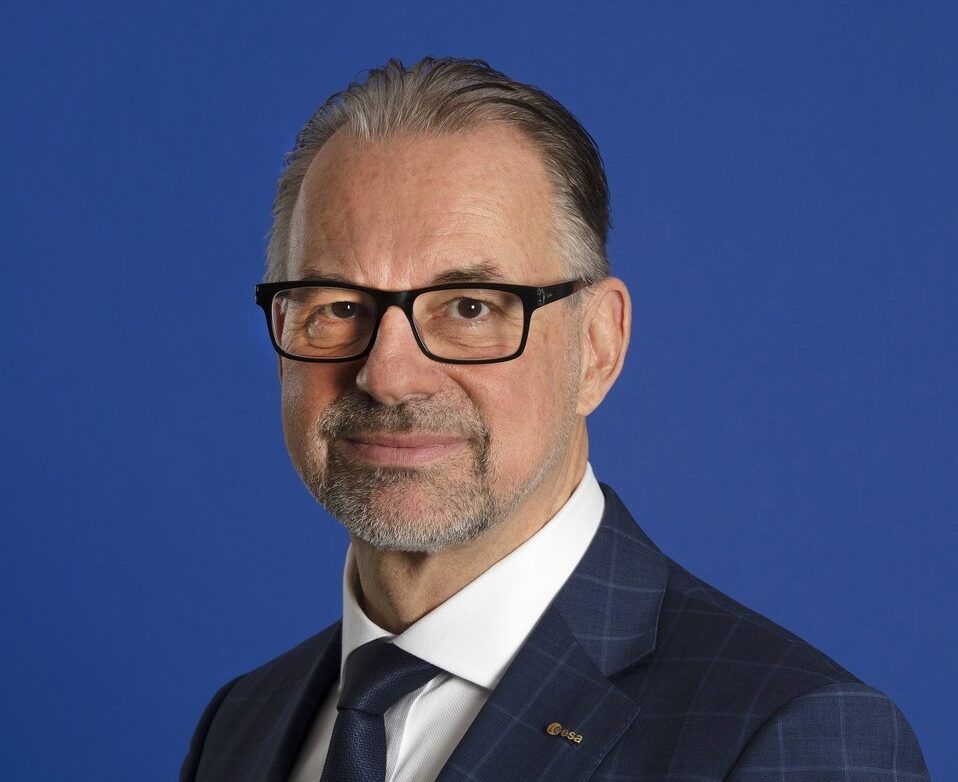
Past event In person
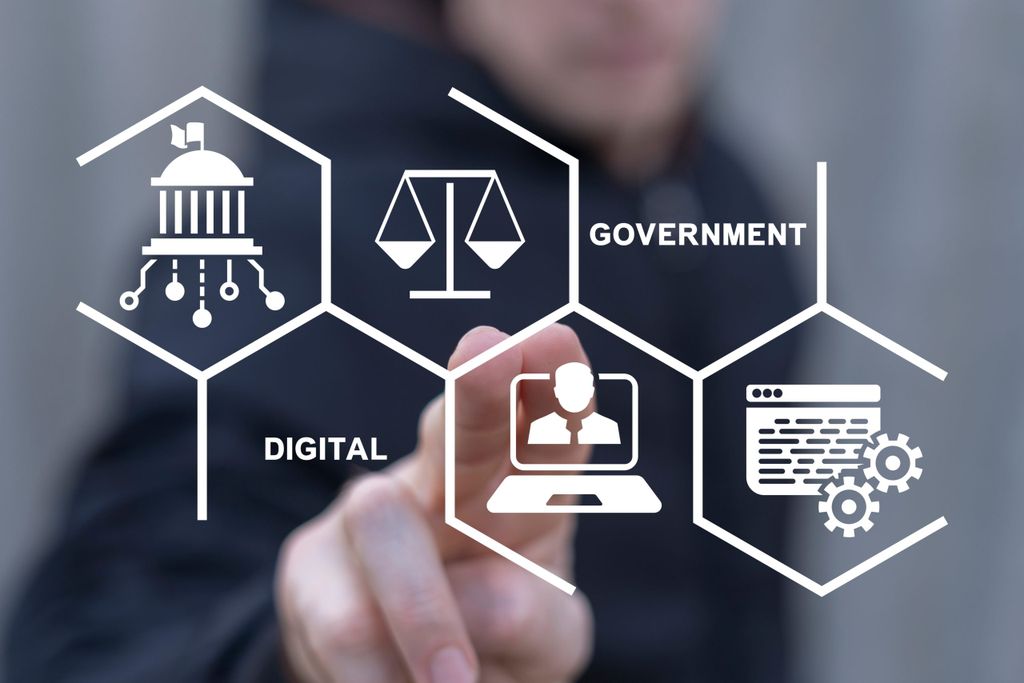
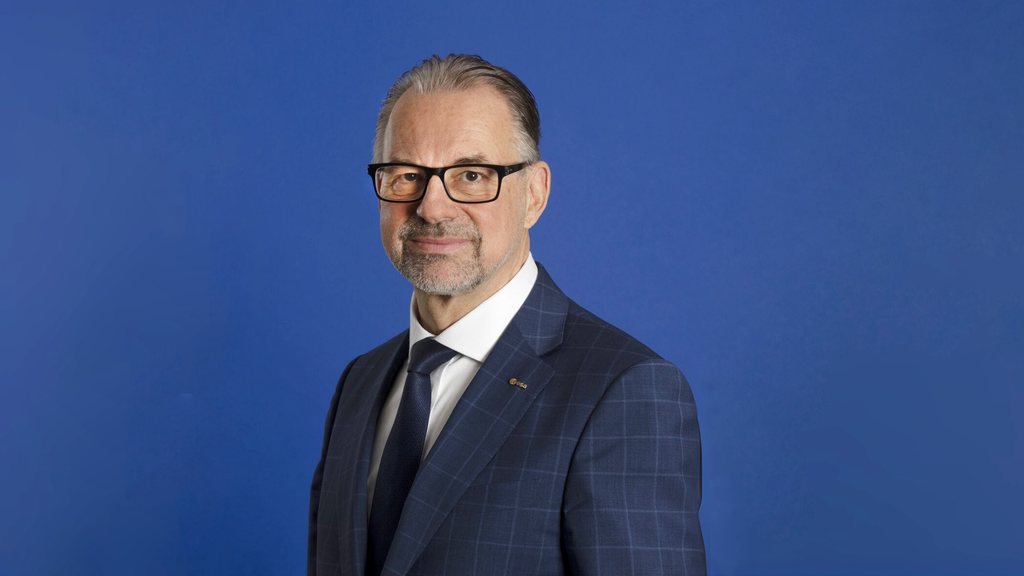
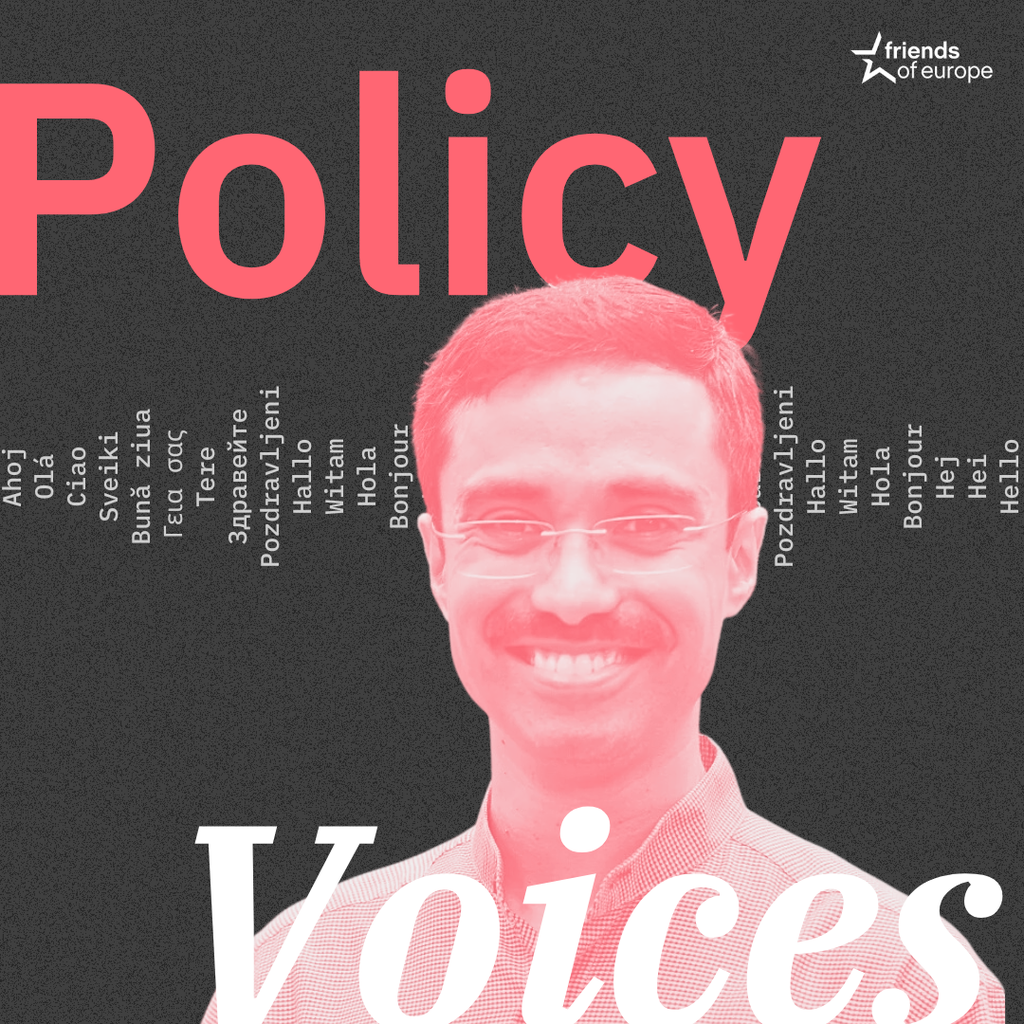
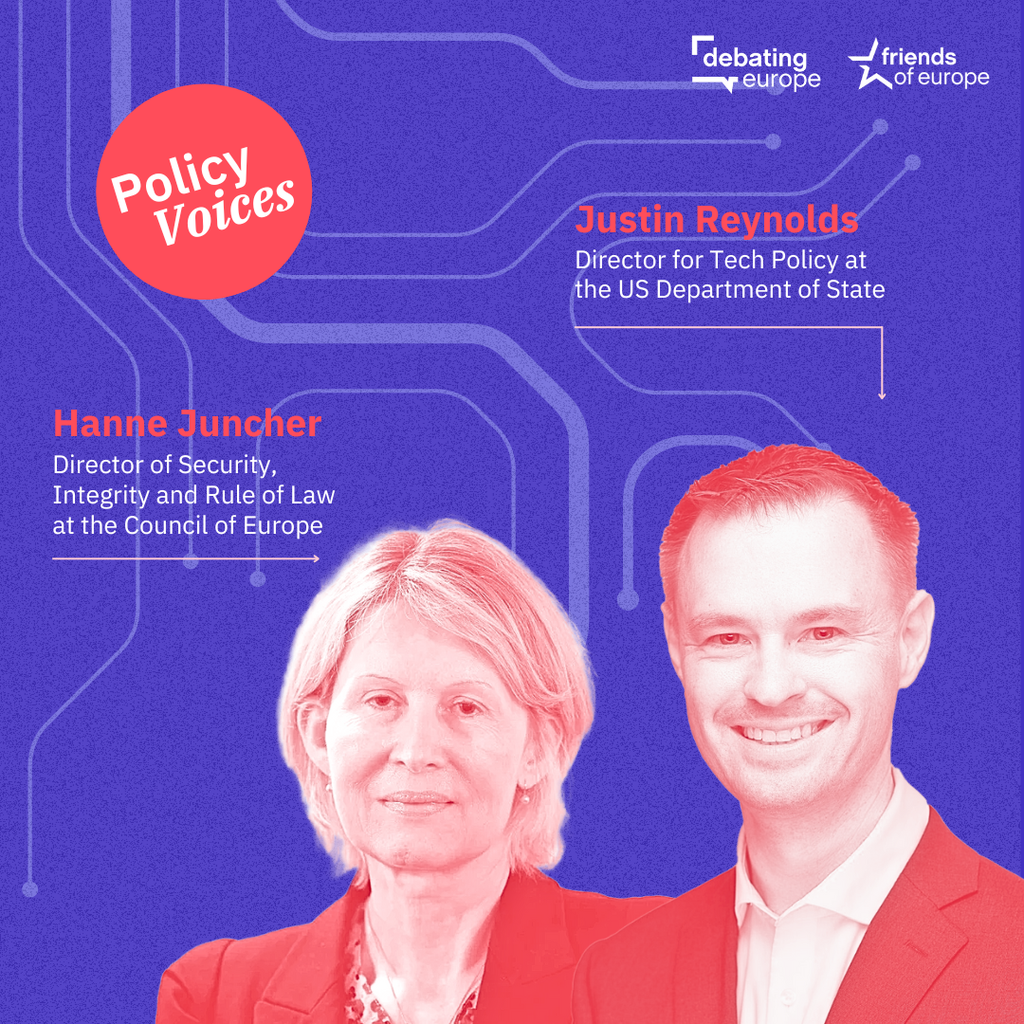

Stay informed
We use cookies and similar technologies to adjust your preferences, analyze traffic and measure the effectiveness of our campaigns. Learn more about our privacy policy.